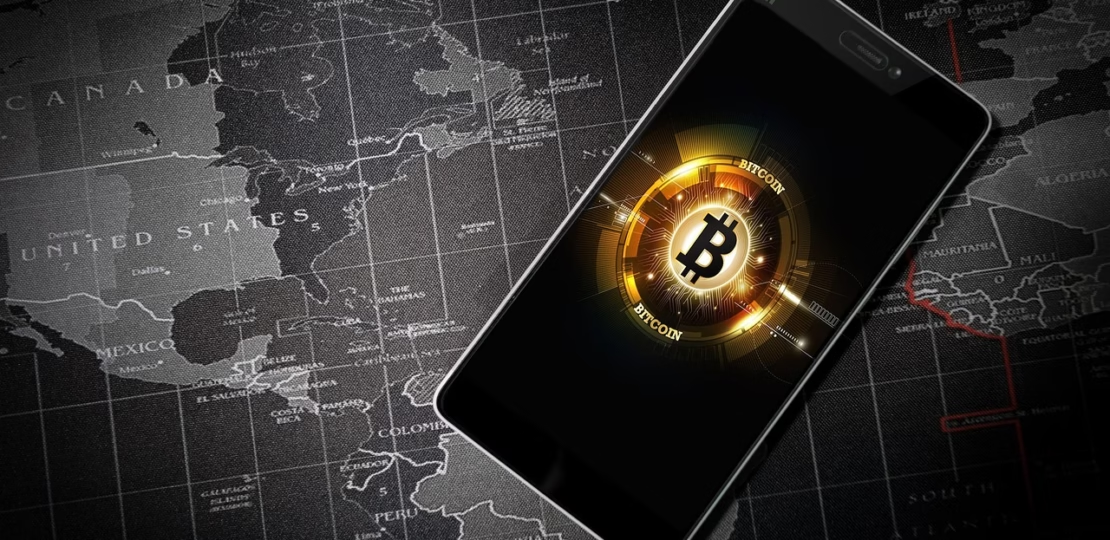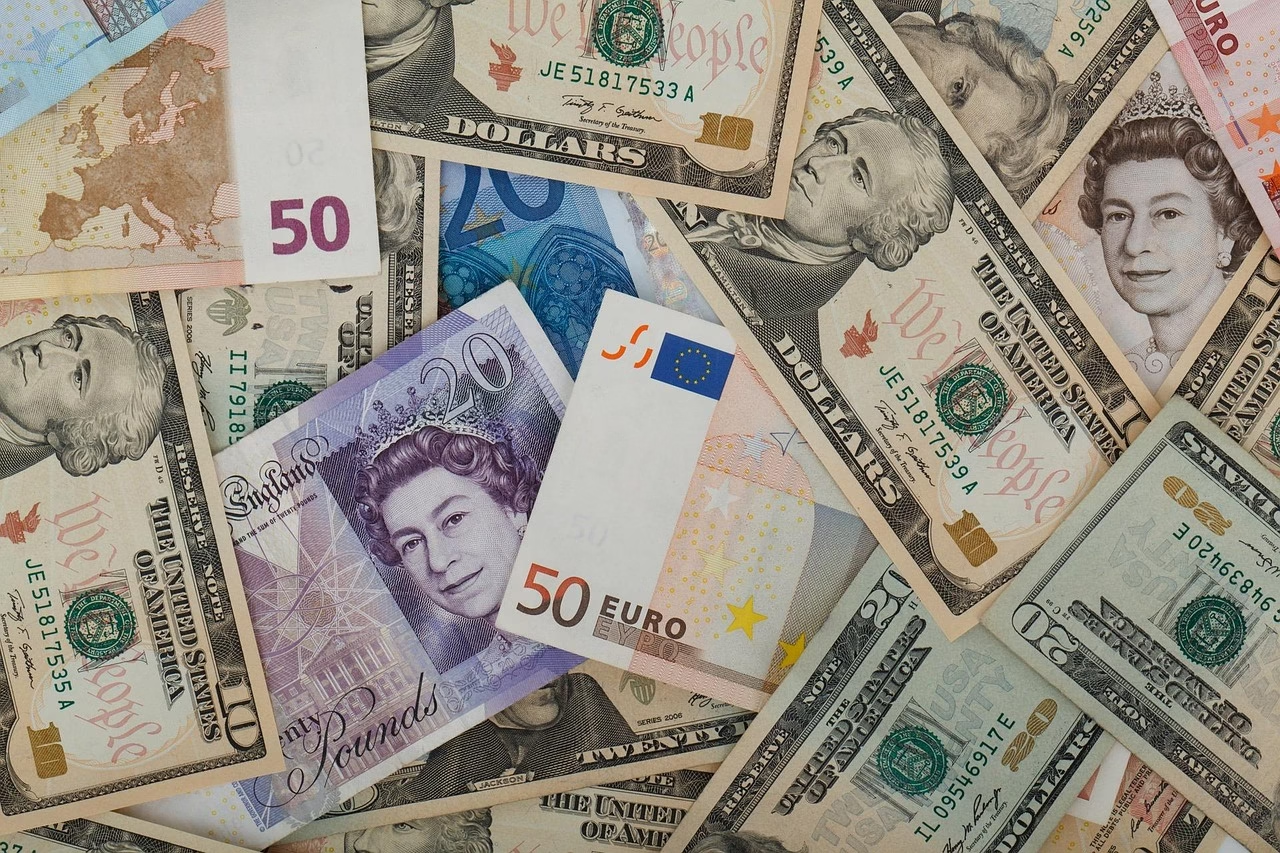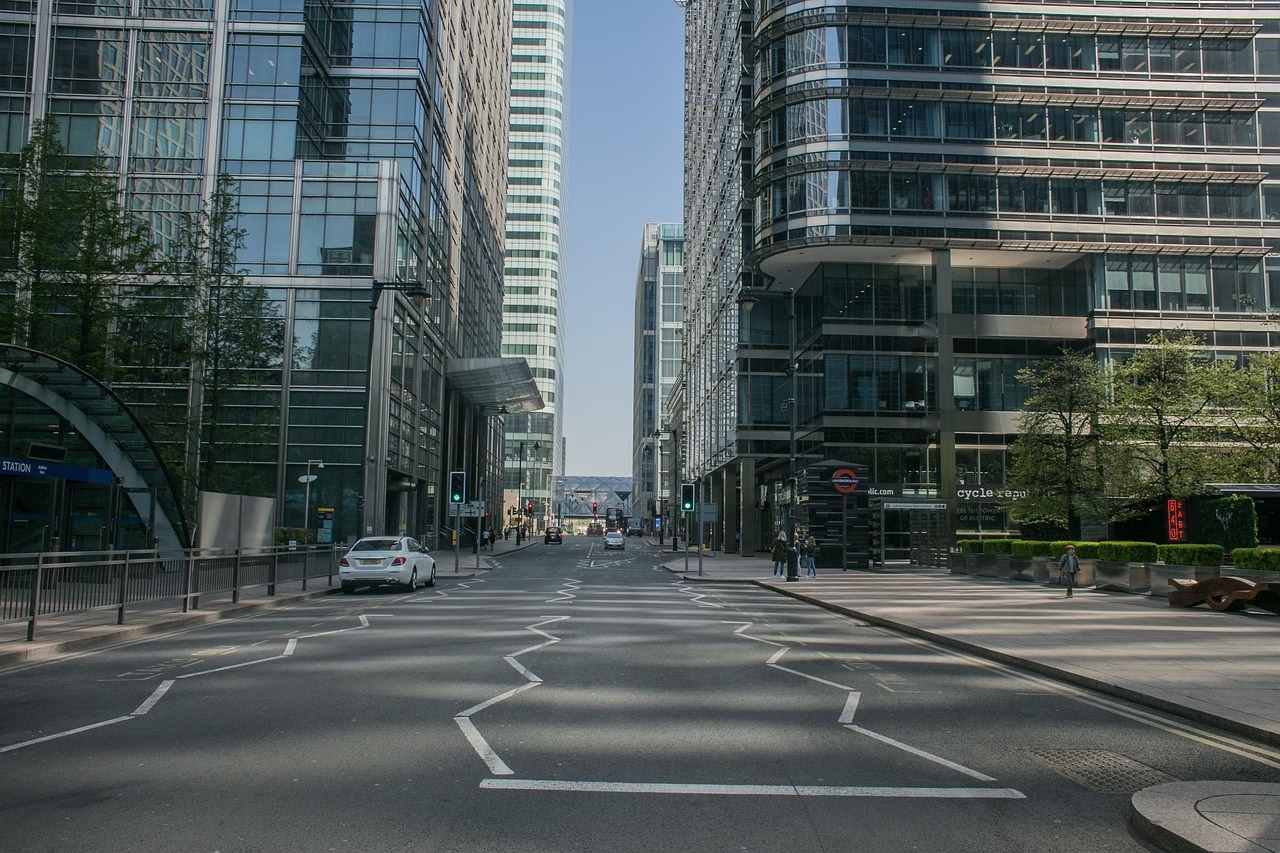“Tokenized Real-World Assets: Bridging Traditional Finance a
May 21, 2025 | by Sophia Vance

Tokenized Real-World Assets: The Fusion of Finance and Blockchain
The chasm between traditional finance (TradFi) and crypto is finally narrowing, and it isn’t doing so with wild speculation or meme coins. Instead, the game-changer is tokenized real-world assets—RWAs—a subject catching fire for all the right reasons. We’re not talking hype; we’re talking legacy assets like real estate, U.S. Treasuries, fine art, and private equity, all being rewrapped in digital form, trading 24/7 on global blockchain rails. The numbers are just beginning to echo the potential.
What Are Tokenized Real-World Assets?
A tokenized RWA is simply the digital representation of a tangible or traditional asset, recorded on a blockchain. These aren’t just lines of code—each token is collateralized by something fundamentally valuable and verifiable in the physical or legal world. RWAs may represent artwork by Basquiat, a share in a San Francisco office building, or even fully compliant T-bills, but what unites them is the infrastructure shift—unprecedented liquidity and borderless access.
Why Is This Change So Powerful?
- 24/7 Liquidity: Traditional markets close, but the blockchain never sleeps. Investors can buy, sell, or trade assets—even blue chips—anytime, anywhere.
- Fractional Ownership: Barrier to entry is history. Buy $100 worth of Manhattan office space, not $2M. More people at the table means deeper markets and sharper price discovery.
- Instant, Auditable Settlement: Smart contracts clear trades in minutes—not days. Gone are costly middlemen and their settlement risks.
- Global Accessibility: Participation isn’t dictated by your passport or bank account. Money sits global, and so do opportunities.
This is not just theory—BlackRock’s BUIDL fund and Franklin Templeton’s tokenized Treasuries have migrated billions of dollars onto chain, proving institutions are ready for this next era. Even the stodgiest asset managers are tracking on-chain analytics as RWA volume edges toward $8 billion+ in 2024 alone.
The Real-World Impact
Picture a world where a retiree in Spain and a developer in Indonesia can both own a piece of the same Los Angeles apartment building. Borrowing against that stake? Minutes, not weeks. Forget local banking holidays and six-figure lawyer fees. This democratization of access isn’t a hope—it’s reality for thousands already.
Case in Point: Tokenized Treasuries
U.S. Treasuries are the poster child for safe, yield-generating assets. Tokenizing them has reshaped access for stablecoins, fintechs, and even individuals worldwide. Instead of the meager yields of legacy savings accounts, on-chain treasuries deliver real-time yield, transparent pricing, and near-instant redemptions. The speed and transparency are the envy of TradFi’s clunky pipes.
Risks on the Road Ahead
I won’t sugarcoat it—tokenized RWAs aren’t risk-free. Legal ambiguity around asset custody, evolving securities regulations, and off-chain enforcement present real hurdles. And not all blockchains or token standards are created equal when it comes to asset reliability. But the ecosystem is already moving toward stringent on-chain auditing, third-party assurance, and automated compliance frameworks.
Regulation is a double-edged sword here—demanding, yes, but also legitimizing. As governments and institutional players clarify standards, expect RWAs to become not just mainstream, but foundational to a next-gen global capital market.
Where Is This Headed?
The playbook has shifted. Legacy capital isn’t abandoning old rules—it’s rewriting them for a trustless, programmable, and highly liquid future. The result: more efficient markets, a seismic expansion in global participation, and a structural upgrade to the bones of finance itself.
The line between crypto and TradFi is crumbling—one digitized bond, one tokenized real estate stake at a time. Ignore the transient fads. Watch the surge of tokenized real-world assets. That’s not just the future of finance—it’s the present, unfolding with sharp clarity.

RELATED POSTS
View all



